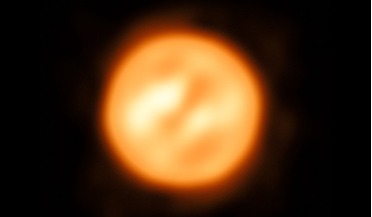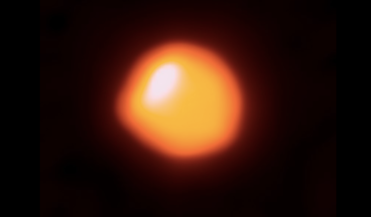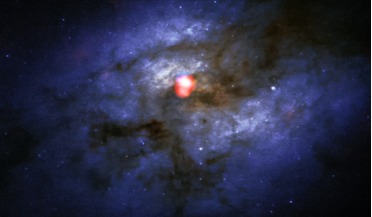 25 August 2017
Most detailed image ever of a star other than our Sun
25 August 2017
Most detailed image ever of a star other than our Sun
...that it has shed over its lifetime. Like all red supergiants, these huge dying stars are nearing the end of... needed to explain these movements in the extended atmospheres of red supergiants like Antares. “In the future, this observing technique can be...
 30 December 2019
Will Betelgeuse go supernova soon? Probably not say some astronomers
30 December 2019
Will Betelgeuse go supernova soon? Probably not say some astronomers
... days/weeks we expect the star to get brighter. Will it go supernova? Most probably not: models suggest it is a "young" red supergiant. But who knows? Our understanding remains partial,” said Montargès via Twitter. Thought to be around eight to ten...
 22 March 2016
Astronomers catch a supernova shock wave in visible light for the first time
22 March 2016
Astronomers catch a supernova shock wave in visible light for the first time
...searching some 50 trillion stars spread across 500 distant galaxies. Finally, it was two massive stars, called red supergiants, that provided scientists with images of these sudden, catastrophic events that fortunately exploded while in Kepler's view...
 22 December 2016
Faint signals of water in the nearby Universe can now be detected by ALMA
22 December 2016
Faint signals of water in the nearby Universe can now be detected by ALMA
... means the first light of an object captured with the receivers. The objects first studied included a dusty red supergiant star nearing the end of its life and the colliding galaxies Arp 220, a massive region of star...